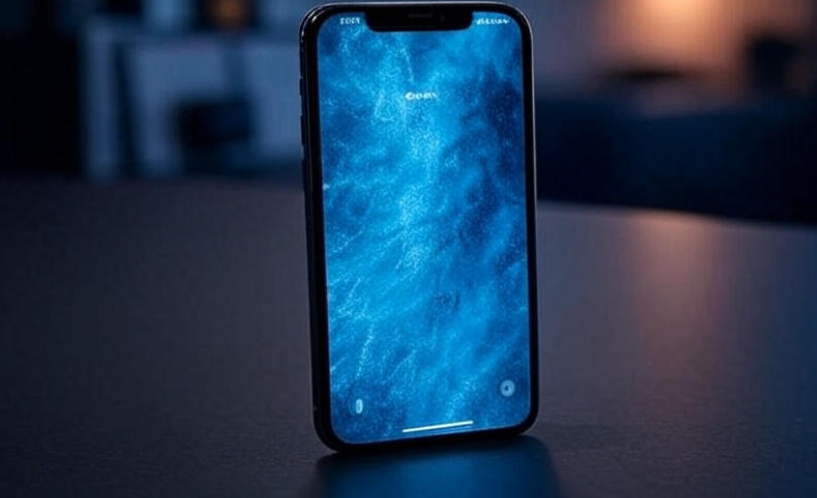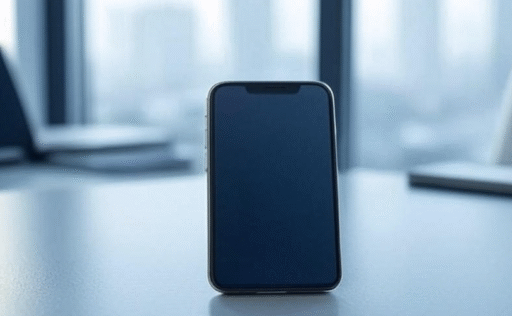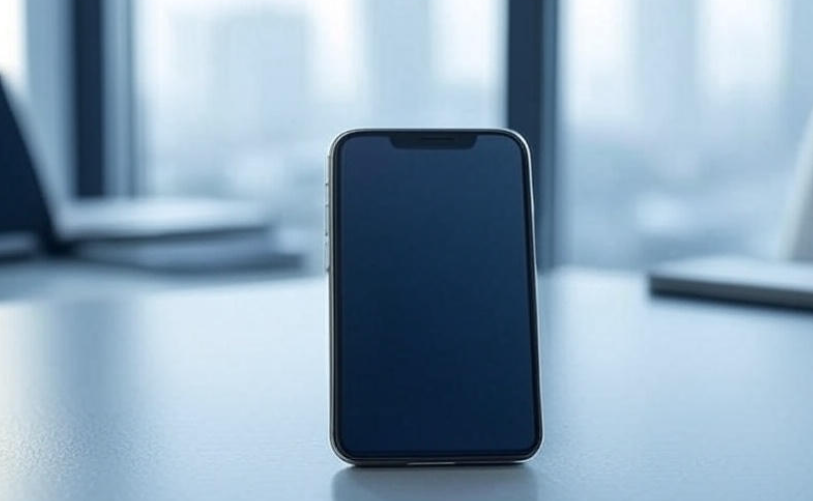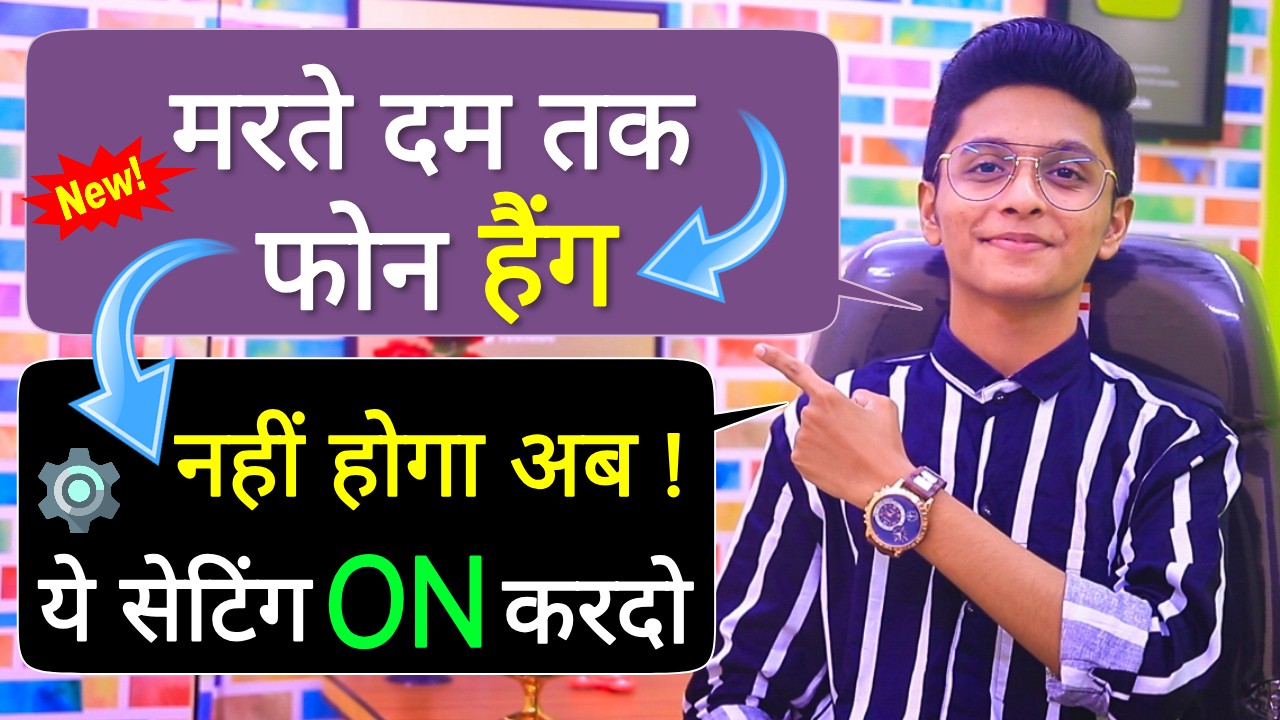When was the last time you thought about your Android phone’s security? 🤔 Most of us carry our whole life inside this little device — banking apps, social media accounts, personal photos, work emails, and more. But here’s the thing: as phones get smarter every year, so do hackers and cybercriminals. That’s why in 2025, keeping your Android safe isn’t optional — it’s necessary.
Let’s dive into some smart, easy, and practical security tips to make sure your Android stays safe this year. No complicated tech jargon, just straight-to-the-point advice that actually works.
Use Strong Screen Lock
Your phone’s lock screen is the first line of defense. Don’t just rely on a simple pattern or swipe lock. Instead, go for:
-
PIN with at least 6 digits
-
A strong password (mix of letters, numbers, and symbols)
-
Fingerprint or Face unlock (but pair it with a PIN for extra security)
Think of it like your house — would you leave your main door open with just a simple latch? Probably not.
Keep Your Phone Updated
Updates may look boring, but they are your best friend. They fix hidden bugs, patch security holes, and improve overall performance. Hackers often target devices running old versions. In 2025, Android updates are faster than before, so never ignore that “update available” notification.
Pro tip 👉 Always update apps too, not just the operating system.
Install Apps Only From Trusted Sources
It’s tempting to download apps from random websites offering “free premium versions.” But that’s like opening the door for hackers yourself. Stick with:
-
Google Play Store
-
Verified app stores (Samsung Galaxy Store, Amazon Appstore)
If you really need to sideload an app, double-check the source and scan the file first.
Turn on Google Play Protect
Google Play Protect quietly scans your apps for threats in the background. Many people don’t even know it exists! Just go to Play Store → Settings → Play Protect → turn on “Scan apps with Play Protect.”
It’s like having a built-in antivirus that never sleeps.
Use a Reliable Security App
While Google Play Protect does its job, adding an extra layer never hurts. Some of the best Android security apps in 2025 include:
-
Bitdefender Mobile Security
-
Avast Mobile Security
-
Kaspersky Mobile Security
-
Norton 360
These apps offer features like real-time malware detection, anti-phishing, and even theft protection.
Be Careful with Permissions
Every time you install an app, it asks for permissions. But does a flashlight app really need access to your contacts and location? 🚩 Probably not.
Here’s what to do:
-
Go to Settings → Privacy → Permission Manager
-
Check which apps can access location, microphone, camera, SMS, etc.
-
Deny unnecessary permissions
Less access = more safety.
Enable Two-Factor Authentication (2FA)
Passwords alone are not enough anymore. Many apps like Gmail, Facebook, Instagram, and banking apps support 2FA. That means even if someone steals your password, they’ll still need a code sent to your phone or authenticator app.
Think of it as a double lock on your digital door.
Beware of Public Wi-Fi
Free Wi-Fi at airports, cafes, or malls sounds great, right? But hackers love these networks because they’re easy to exploit. If you really need to use public Wi-Fi:
-
Avoid logging into banking or shopping apps
-
Use a VPN for encryption
-
Turn off file sharing
Better safe than sorry.
Use a VPN for Extra Security
A VPN (Virtual Private Network) hides your IP address and encrypts your online activity. It’s not just about accessing blocked sites — it actually keeps you safe from spying eyes.
Top VPNs in 2025:
-
NordVPN
-
ExpressVPN
-
ProtonVPN
-
Surfshark
Don’t Click on Suspicious Links
Whether it’s a WhatsApp message, email, or SMS saying “Congratulations! You won a gift 🎁” — pause. Fake links are one of the easiest ways hackers steal data. Always check:
-
Does the link look real? (google.com vs g00gle.com)
-
Do you trust the sender?
If unsure, don’t click.
Encrypt Your Device
Most modern Android phones come encrypted by default. That means if someone steals your phone, they can’t easily read your data without the password. Check under Settings → Security → Encryption.
Back Up Regularly
Security isn’t only about preventing hacks, but also about not losing your data. Use Google Drive or any cloud service to back up your contacts, photos, and files. If something happens, you can restore everything in minutes.
Turn Off Bluetooth & NFC When Not Needed
Did you know hackers can sometimes exploit open Bluetooth or NFC connections? If you’re not using them, just turn them off. Saves battery too 🔋.
Beware of Smishing and Phishing
-
Phishing: Fake emails pretending to be from banks or companies.
-
Smishing: Fake SMS with malicious links.
Always verify the sender before responding. Your bank will never ask for your PIN over text.

Set Up Find My Device
If your phone is lost or stolen, Google’s “Find My Device” can help you track it, lock it, or even erase all data remotely. Go to Settings → Security → Find My Device → turn it on.
Avoid Rooting Your Phone
Rooting may sound cool (more customization, more control), but it also removes built-in protections. Unless you absolutely know what you’re doing, it’s best to avoid rooting in 2025.
Use Different Passwords for Different Accounts
Don’t use the same password for Gmail, Facebook, and banking apps. If one gets hacked, all your accounts are at risk. Use a password manager to keep track.
Clear Cache and Unused Apps
Old apps you never use may still hold sensitive data. Regularly uninstall what you don’t need. Also, clear app cache to remove leftover information.
Physical Safety Matters Too
It’s not always about cyber threats. If you leave your phone unattended at public places, that’s an easy target for theft. Simple rule: treat your phone like your wallet.
Quick Security Checklist ✅
| Security Tip | Why It Matters | Easy Action |
|---|---|---|
| Strong Lock Screen | First line of defense | Use PIN/Password |
| Updates | Patch security holes | Auto-update ON |
| Trusted Apps Only | Avoid malware | Use Play Store |
| Play Protect | Background scans | Turn ON |
| Permissions | Prevent spying | Review regularly |
| 2FA | Double protection | Enable in apps |
| VPN | Safe browsing | Install VPN app |
| Backups | Data recovery | Google Drive |
Extra Small but Useful Habits
-
Always log out of banking apps after use
-
Don’t save card details on shopping apps
-
Cover your PIN when typing in public
-
Enable SIM card lock (so no one misuses your SIM)
FAQs About Android Security in 2025
Q1: Do I really need an antivirus for Android?
Not always, but it’s an extra layer of safety. Google Play Protect is decent, but antivirus apps give you more features like anti-theft and phishing protection.
Q2: Is a VPN safe for Android?
Yes, as long as you use a reputable VPN provider. Avoid “free VPNs” because many of them sell user data.
Q3: What’s the safest way to lock my phone?
A strong password or PIN combined with fingerprint/face unlock is best. Avoid simple patterns that can be guessed.
Q4: Can public Wi-Fi really hack my phone?
Yes. Hackers can use fake hotspots or sniff unencrypted data. Always use a VPN or mobile data for sensitive activities.
Q5: Should I root my Android phone in 2025?
It’s not recommended. Rooting disables security layers and makes your phone vulnerable to malware.
Final Thoughts
Your Android phone is more than just a gadget. It’s your wallet, your office, your photo album, and sometimes even your health tracker. In 2025, cybercriminals are sharper than ever, but so are the tools to fight them.
By following the above tips — from simple habits like updates and strong locks, to advanced ones like VPNs and 2FA — you can keep your Android safe and enjoy peace of mind.
At the end of the day, think of it like this: securing your phone is like wearing a seatbelt 🚗. You may not need it every day, but when something goes wrong, you’ll be glad it’s there.





